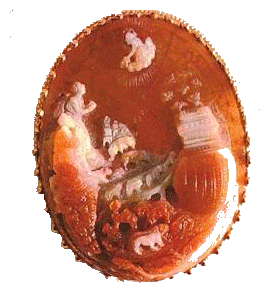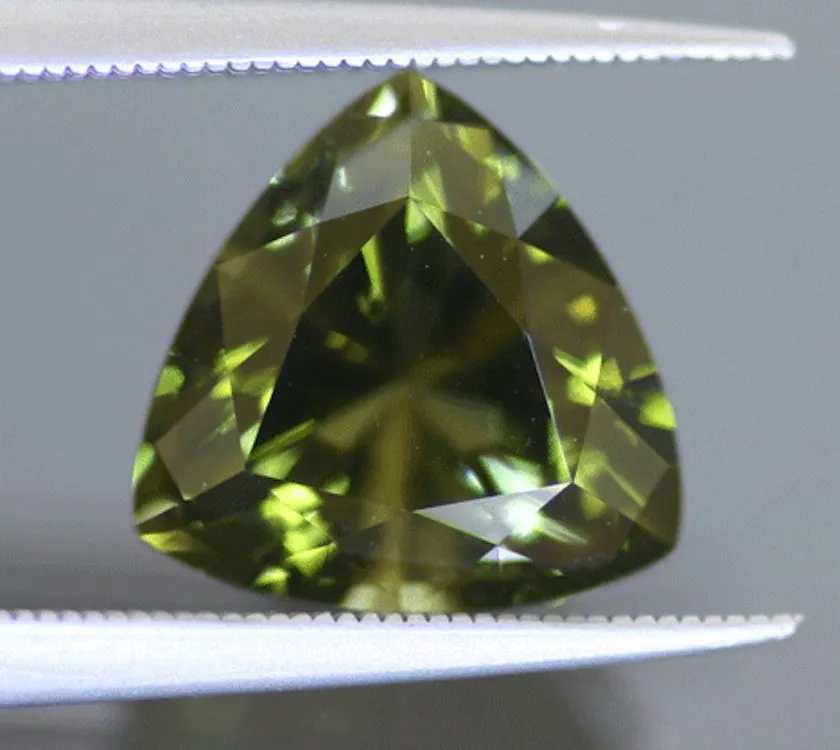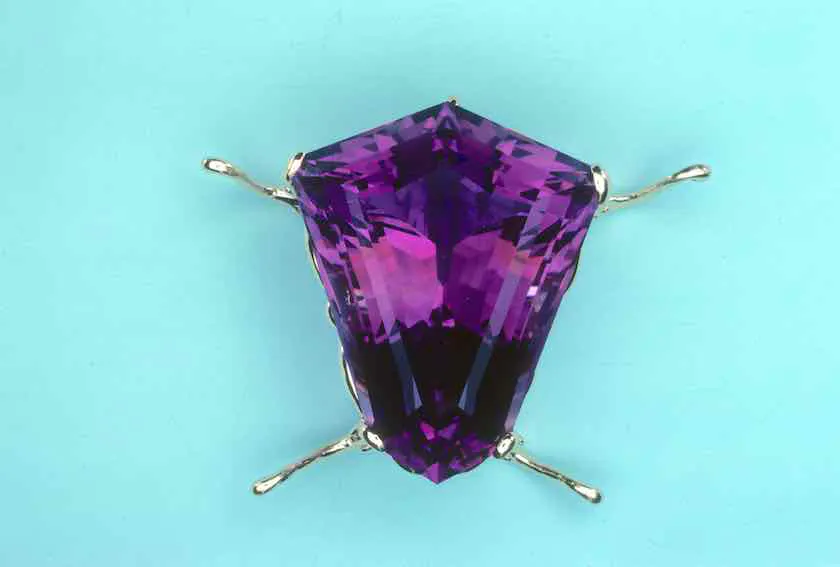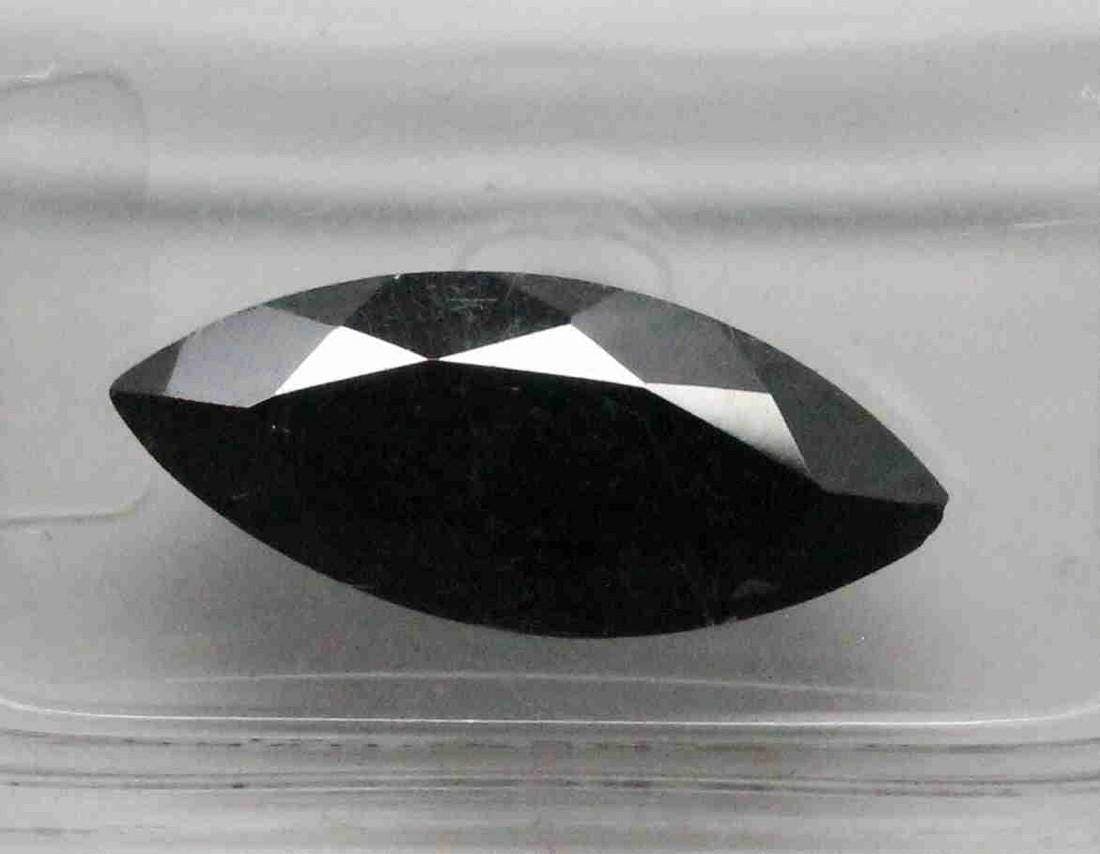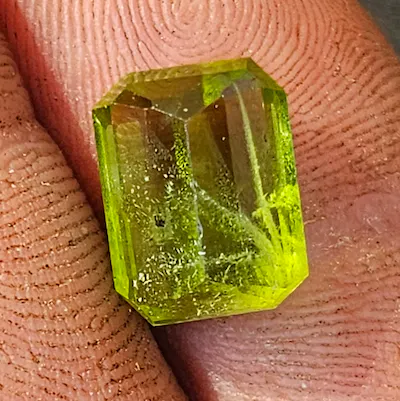News
What Is The Difference Between Chert, Flint, and Mozarkite?
Explore the diverse realm of gemstones on Melogems as we unravel the distinctions between chert, flint, and mozarkite. While these three are often mentioned together, they each possess unique characteristics that set them apart. Flint, renowned for its practical applications, is a variant of chert that typically forms in chalk or marl. In contrast, mozarkite, the designated state rock of Missouri, stands out as a vibrant and colorful type of chert, capable of being transformed into exquisite jewelry.
Featuring captivating swirls and patterns in shades of red, blue, brown, and more, mozarkite defies the conventional perception of chert as dull and gray. Join us on a journey into the captivating world of chert, flint, and mozarkite, as we delve into their differences and unveil the hidden beauty that makes each gemstone unique. Discover more about these intriguing gemstones and their distinctive allure on Melogems.
Flint and Chert
Definition of Chert
Chert is a type of cryptocrystalline or polycrystalline quartz that usually forms as nodules in limestone. It is typically opaque, dull gray, or whitish in color. Chert is known for its hardness and compactness, making it a durable material.
Definition of Flint
Flint, on the other hand, is a variety of chert that forms in chalk or marl. It shares similar characteristics with chert, including its opaque and compact nature. Flint is often recognized for its grayish-white color.
Cryptocrystalline Quartz
Both chert and flint fall under the category of cryptocrystalline quartz. Cryptocrystalline quartz refers to quartz crystals that are too small to be seen with the naked eye. This property gives chert and flint their unique textures and physical properties.
Formation of Flint and Chert
Chert typically forms as nodules in limestone, while flint forms in chalk or marl. Both minerals are created through the process of diagenesis, which involves the compaction and cementation of sediments over time. The formation of chert and flint is influenced by geological processes such as the deposition of silica-rich material and the presence of microorganisms.
Appearance and Physical Properties
Chert and flint share several physical properties due to their composition of quartz. They are both extremely hard and compact, ranking at around 7 on the Mohs scale of mineral hardness. Chert and flint often exhibit a conchoidal fracture, meaning they break in a curved, shell-like pattern. They have a dull or waxy luster and can be opaque or slightly translucent. Chert and flint are also non-reactive to acids.
Common Uses and Practicality
Flint has long been valued for its practical applications. It is well-known for its ability to produce sparks when struck against steel, making it an essential material for creating fire. Flint has been used for thousands of years in tools such as arrowheads, knives, and scrapers. Chert, on the other hand, is often utilized in construction as a building material due to its hardness and durability. It is also used in the production of cement and as a filler in various industrial processes.
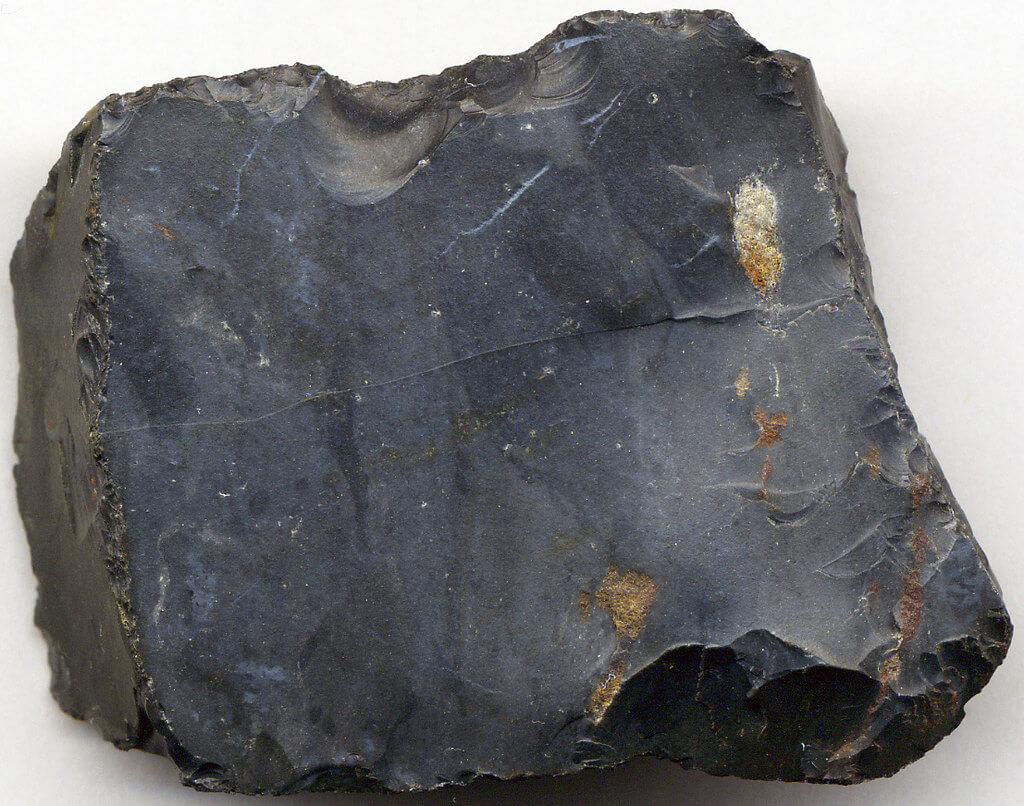
Mozarkite
Definition of Mozarkite
Mozarkite is a colorful variety of chert that is found primarily in Lincoln, Missouri. It is a type of chert and shares many of the same characteristics as chert and flint, including its hardness and compactness. However, what sets mozarkite apart is its vibrant colors and unique patterns.
Origin and Location
Mozarkite gets its name from the combination of “Missouri” and “Arkansas,” as it is primarily found in this region. It is believed to have formed millions of years ago in marine environments, where silica-rich sediments were deposited and underwent the process of diagenesis. The specific location of mozarkite in Lincoln, Missouri, has made it a beloved gemstone in the area and even led to it being adopted as the state rock of Missouri.
Appearance and Physical Properties
Mozarkite exhibits a wide range of colors and patterns, making it a highly sought-after gemstone for lapidary purposes. It can display swirls and patterns in shades of red, blue, brown, white, yellow, purple, orange, and green. Mozarkite shares the same physical properties as chert and flint, including its hardness and dense composition.
Colorful Swirls and Patterns
What makes mozarkite truly unique is its colorful swirls and patterns. These intricate designs are formed through various geological processes, including the presence of impurities, the migration of minerals, and the transformation of minerals over time. The vibrant colors and patterns of mozarkite make it a popular choice for jewelry and lapidary applications.
Jewelry and Lapidary Applications
Mozarkite’s colorful swirls and patterns make it a favorite among jewelry designers and lapidaries. It is often cut and polished into cabochons, beads, and other shapes to showcase its unique colors and patterns. Mozarkite cabochons can be used to create stunning pendants, earrings, rings, and other jewelry pieces. The colorful nature of mozarkite also makes it a popular choice for collectors and enthusiasts.
Distinguishing Features
Formation and Location
Chert and flint are both types of cryptocrystalline quartz that form in different geological settings. Chert typically forms in limestone, while flint forms in chalk or marl. The specific location and conditions of formation give each mineral its distinctive characteristics.
Texture and Hardness
Chert, flint, and mozarkite share similar textures and hardness. They are all extremely hard and compact, ranking at around 7 on the Mohs scale of mineral hardness. Their dense composition gives them their characteristic durability.
Color and Patterns
Chert and flint are often recognized for their dull gray or whitish color. In contrast, mozarkite stands out with its vibrant colors and intricate swirls and patterns. These colors and patterns are the result of various geological processes that occurred during their formation.
Jewelry Potential
While chert and flint are primarily valued for their practical applications, mozarkite has gained popularity as a gemstone. Its colorful nature and unique patterns make it a favored choice for lapidaries and jewelry designers. Mozarkite can be cut and polished into cabochons, beads, and other shapes to create stunning pieces of jewelry.
Historical Significance
Flint and Chert in Prehistoric Times
Flint and chert have played a significant role in human history, particularly during prehistoric times. These minerals were highly valued for their hardness and ability to be knapped into sharp tools, such as arrowheads, knives, and scrapers. Flint was especially prized for its ability to create sparks when struck against steel, making it invaluable for creating fire. The use of flint and chert tools was widespread among early human civilizations and contributed to advancements in hunting, survival, and cultural development.
Mozarkite’s Role in Missouri
Mozarkite holds a special place in Missouri’s history and culture. It was adopted as the state rock of Missouri in 1967 due to its unique presence in the region. Mozarkite has become a symbol of the state’s geological heritage and has inspired many individuals to explore the world of lapidary and jewelry making. The vibrant colors and patterns of mozarkite reflect the diverse landscape and natural beauty of Missouri.
Cultural and Artistic Significance
Chert, flint, and mozarkite have also been valued for their cultural and artistic significance. Throughout history, these minerals have been used in the creation of tools, weapons, and decorative objects. The unique colors and patterns of mozarkite have inspired artists and artisans to incorporate it into their creations. These minerals serve as a testament to human creativity and the appreciation of natural resources.
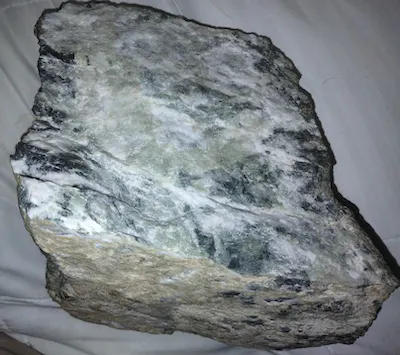
Gemological Characteristics
Chemical Composition
Chert, flint, and mozarkite are all composed primarily of silicon dioxide (SiO2), which is the chemical formula for quartz. Their composition gives them their unique physical and optical properties.
Crystal Structure
Chert, flint, and mozarkite share the same crystal structure as quartz, which is trigonal. The arrangement of their atoms gives them their characteristic hardness and compactness.
Optical Properties
Chert, flint, and mozarkite have similar optical properties due to their quartz composition. They are generally translucent to opaque and display a range of luster options, including dull and waxy.
Gemstone Classifications
While chert and flint are not traditionally classified as gemstones, mozarkite is recognized as a gemstone due to its attractive colors and patterns. The gemological classification of mozarkite places it within the quartz family.
Gemstone Identification
Distinguishing Chert, Flint, and Mozarkite
To distinguish between chert, flint, and mozarkite, it is important to consider their respective origins and physical properties. Chert typically forms in limestone, while flint forms in chalk or marl. Mozarkite is found primarily in Lincoln, Missouri. Additionally, chert and flint share similar textures and colors, while mozarkite stands out with its vibrant colors and patterns.
Testing Methods
Gemstone identification of chert, flint, and mozarkite can be done through various testing methods. These may include visual inspection, hardness testing, specific gravity measurements, and microscopic examination. Additionally, advanced gemological techniques such as spectroscopy and X-ray diffraction can provide further confirmation of their identities.
Gemological Tools and Equipment
Gemological identification often requires the use of specialized tools and instruments. Some commonly used tools for gemstone identification include a gemological microscope, a refractometer, a polariscope, a spectroscope, and a scale for measuring specific gravity. These tools help gemologists and lapidaries accurately identify chert, flint, and mozarkite.
Certification and Grading Standards
While there are no specific certification and grading standards for chert and flint, mozarkite can be certified and evaluated based on its color, clarity, cut, and carat weight. Gemological laboratories and professionals can provide certification and grading services for mozarkite gemstones, ensuring their quality and authenticity.
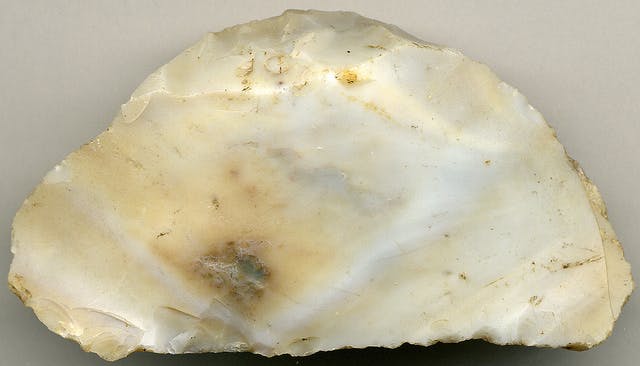
Market Value and Pricing
Factors Influencing Value
The value and pricing of chert, flint, and mozarkite are influenced by several factors. These may include the rarity of the material, the presence of vibrant colors and patterns, the size and quality of the specimen, and the demand in the market. Historical significance and cultural associations can also impact the value of these minerals.
Chert and Flint as Industrial Materials
While chert and flint are not traditionally considered gemstones, they have significant value as industrial materials. Chert’s hardness and durability make it an ideal component in construction materials, cement production, and various industrial processes. Flint’s ability to produce sparks when struck against steel has made it valuable for creating fire in survival and industrial settings.
Rare and Collectible Mozarkite
Mozarkite, with its unique colors and patterns, can be rare and highly collectible. Large, high-quality pieces of mozarkite with vibrant colors and intricate designs can command higher prices in the market. The rarity of certain color combinations and patterns can also impact the value of mozarkite gemstones.
Market Trends and Demand
The market value and demand for chert, flint, and mozarkite can fluctuate depending on various factors. Trends in the jewelry and lapidary industry, as well as cultural associations and popular demand, can influence the market for these minerals. The availability of high-quality specimens can also impact their pricing and desirability.
Gemstone Synthetics and Treatments
Chert and Flint Treated for Enhanced Practicality
Chert and flint are not typically treated or enhanced as they are primarily valued for their natural properties. However, in certain cases, these minerals may undergo treatments to enhance their practicality as tools. For example, flint can be heat-treated to improve its ability to produce sparks for fire-making purposes.
Mozarkite Enhancement Techniques
Mozarkite, as a gemstone, is not commonly treated or enhanced. Its natural colors and patterns are highly prized by lapidaries and jewelry designers, and any treatments or enhancements would diminish their inherent beauty. Mozarkite gemstones are valued in their natural form.
Imitations and Simulants
There are no specific imitations or simulants for chert, flint, or mozarkite due to their unique physical properties and compositions. However, other gemstones such as jasper, agate, and chalcedony may resemble the appearance of these minerals to some extent.
Warning Signs of Treatment
As chert and flint are primarily used for their practical applications, it is essential to be cautious of any treatments or enhancements that may affect their functionality. In the case of mozarkite, it is important to be aware of any attempts to alter its natural colors and patterns, as such treatments would diminish its value as a gemstone.
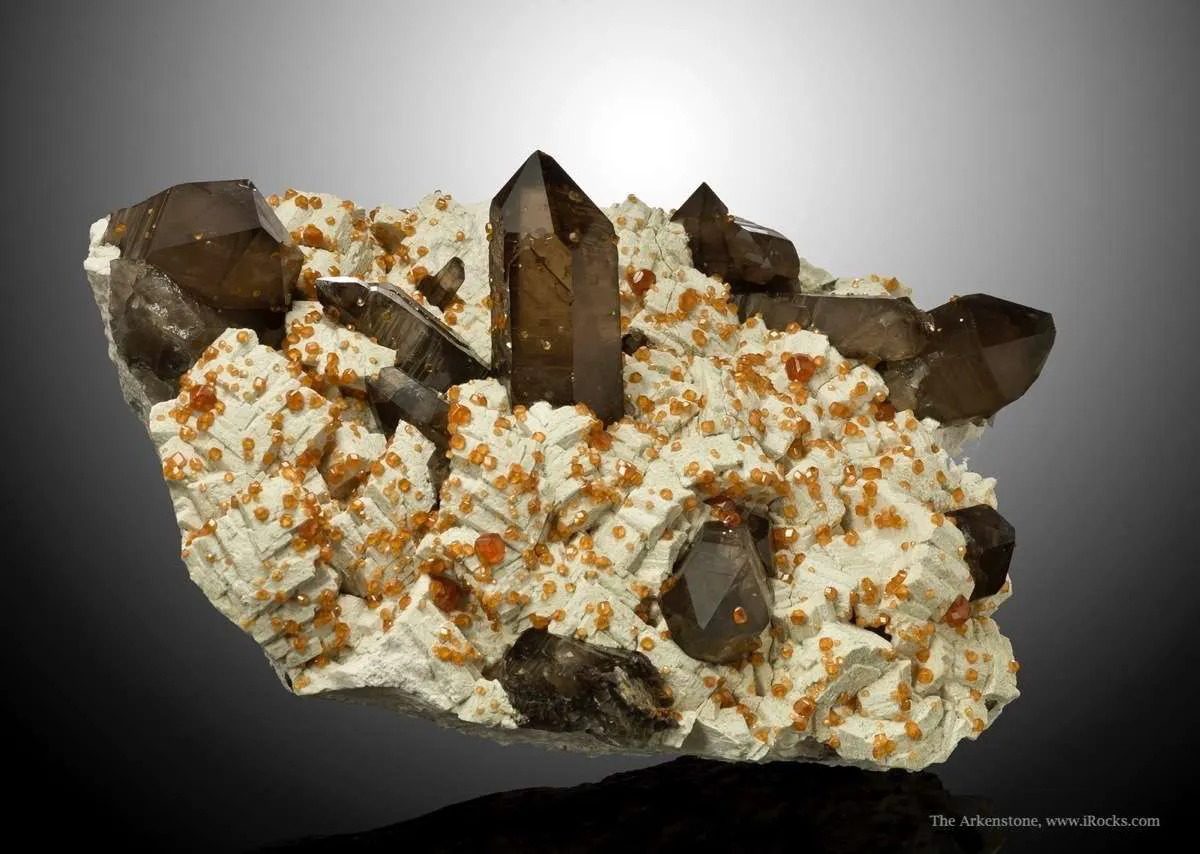
Gemstone Cutting and Jewelry Design
Cutting Techniques
Chert, flint, and mozarkite can all be cut and shaped using a variety of lapidary techniques. These include sawing, grinding, and polishing to create cabochons, beads, and other jewelry components. Due to their hardness and compactness, these minerals require specialized tools and techniques to achieve the desired results.
Design Considerations
When designing jewelry with chert, flint, or mozarkite, it is important to consider their unique textures, colors, and patterns. Their natural beauty can be showcased through simple, elegant designs that allow the gemstones to take center stage. Additionally, incorporating these minerals into multi-stone settings or combining them with other complementary gemstones can create visually striking jewelry pieces.
Popular Jewelry Styles
Jewelry featuring chert, flint, or mozarkite can encompass a range of styles, from classic to contemporary. Simple, minimalist designs can highlight the natural beauty of these gemstones, while more intricate and elaborate designs can enhance their unique colors and patterns. From earrings and pendants to rings and bracelets, there are endless possibilities for incorporating chert, flint, and mozarkite into jewelry.
Artistic and Creative Applications
Chert, flint, and mozarkite have also been used in artistic and creative applications beyond traditional jewelry design. These minerals have been used in sculptures, mosaics, and other forms of artistic expression. Their unique textures and colors lend themselves to a wide range of creative possibilities, allowing artists to push the boundaries of their artistic visions.
Conclusion
In conclusion, chert, flint, and mozarkite are three distinct types of minerals that share certain similarities but also have their own unique characteristics. Chert and flint, both forms of cryptocrystalline quartz, are valued for their practical applications and historical significance. They have been used for thousands of years in tools and construction materials. Mozarkite, a colorful variety of chert, stands out with its vibrant colors and intricate patterns. It has gained popularity as a gemstone for use in jewelry and lapidary applications.
Understanding the definitions, origins, appearances, and physical properties of these minerals is essential for gemologists, lapidaries, and anyone with an interest in gemstones. Distinguishing features, gemological characteristics, gemstone identification methods, and market value considerations play crucial roles in appreciating the unique qualities of chert, flint, and mozarkite. Whether used for practical purposes, artistic expression, or adorned in jewelry, these minerals offer a glimpse into geological history and human creativity. Exploring the world of chert, flint, and mozarkite opens up a realm of possibilities for awe-inspiring beauty and historical significance.

